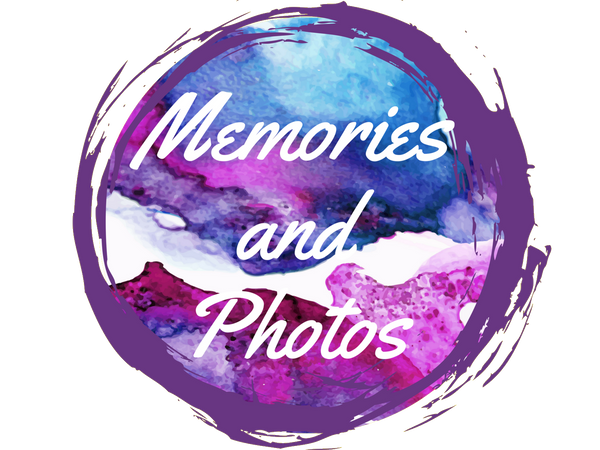October 2024 Wk1 Scrapbook Page Layout

The power of negative space
When creating a scrapbook layout, it’s easy to get excited about adding photos, embellishments, and decorations. However, leaving space on a page is just as important as the elements you choose to include.
In guest scrapbooker Sarah's double-page layout, we see a great example of how leaving white space can enhance the overall composition.
The Power of Negative Space in Scrapbooking
Areas left intentionally blank, allow your photos and journaling to breathe, preventing the page from feeling overcrowded. In Sarah’s layout, the balance between photos and open areas creates a calm and focused feel, letting the viewer's eyes move easily across the page.
The soft blue background with a camera print offers texture without overwhelming the visual flow, allowing the circular elements and photos to stand out. The globe imagery in the background complements the travel theme while not demanding too much attention, ensuring that the photos are the stars of the page.
Space doesn't mean a lack of design; it means you are giving your content the room it needs to shine. Too many elements crammed together can distract from the story you’re trying to tell, and by allowing for space, you create harmony and enhance the impact of your photos and journaling.
In this case, Sarah’s layout feels organized and cohesive because she’s used negative space strategically around the photos and journaling. The arrangement of the photos in a loose, circular design around the page directs the viewer's attention toward the centere, creating a natural focal point. This layout invites the viewer in without feeling cluttered or chaotic.
For example, Sarah uses a circular journaling block that doesn't overwhelm the design. By containing her thoughts within the circle, she creates balance and focus. This subtle detail allows the story to be shared without overtaking the visual appeal of the layout.
The Importance of Visual Hierarchy
When planning your scrapbook layout, think about how space can help establish a visual hierarchy. In Sarah’s design, the photos are clearly the dominant feature, while the journaling and background papers serve as secondary, supporting elements.
The strategic placement of smaller photos and embellishments guides the eye across the page without confusion. Using space effectively can help you control where your viewer looks first, ensuring that the most important aspects of your story get noticed.
One approach is to place larger, more prominent images in areas where the eye naturally falls, like the centre or top-third of a page, and use smaller embellishments or journaling in areas that balance the layout.
The open areas on Sarah’s page help each photo and note stand out, making the viewer pause to take in each moment without feeling rushed to move on to the next section. This gentle pacing is key to engaging your audience, letting the page feel serene rather than visually overwhelming.
Don’t Forget the Journaling
While it’s tempting to focus primarily on the photos and the design, journaling is an essential part of telling your story. Even when you're intentionally leaving space on your layout, there’s always room for a few meaningful words.
In Sarah’s layout, her journaling, written in a natural, circular format around one of the elements, provides insight into the significance of the place.
Journaling can be as simple as noting dates, locations, and people, or it can be more detailed with stories and memories. The key is to ensure that future viewers will understand the full story behind the photos.
